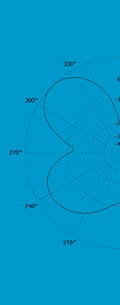 All materials on this site © PAR Electronics, Inc.
All materials on this site © PAR Electronics, Inc.
PAR Electronics, Inc.
P.O Box 645
Glenville, NC 28736
Voice: 828-743-1338
Fax: 866-304-8479
Email us if you have questions or comments about this site.
Site by
Pinnacle Web Design
Omniangles
These antennas represent a radical departure from previous attempts to design a horizontally polarized omnidirectional antenna.
Previous attempts to create omnis have centered around shortening a half wave dipole and shaping it into a circle or square. The intent of shortening the dipole is to “pull” more current around towards the ends, thus creating an omni pattern. Unfortunately, the current still diminishes substantially, resulting in an egg-shaped pattern, not the desired circular pattern of a true omni. You can view the azimuth patterns of our competition vs. the Omniangle design here.
The Omniangles use an electrical length that is longer than a half wave. Combining this electrical length with the isosceles triangle shape results in a pattern that is within 0.5dB of being a perfect omni. Additional benefits are wider bandwidth and less rain detuning than traditional loops and slightly more gain - about 0.5dB when the full 360 degree pattern is taken into account.
Omniangles incorporate a built in current mode balun that guarantees equal illumination of both sides of the antenna and no radiation from the shield of the feedline. Finally, these antennas come complete with their own stainless mounting hardware – ¾” up to 1½“ – nothing else to buy or fabricate as in some other omnis.
We are often asked about the gain of the Omniangles. Because we are basically taking the figure 8 pattern of a half wave dipole and filling in the nulls, the gain is expected to be slightly less than the directional half wave dipole. This is the case with the Omniangles – about –1dBd. One manufacturer adds in ground gain, raising the actual free space gain by 4 or 5dB. This is true of any horizontal antenna mounted above real ground, but we prefer to use the standard dBd, even though it looks like less gain. Another manufacture reports +2.5dBd for their shortened ½ wave loops; this, of course, is impossible. What it is saying is that they actually achieve more gain than a standard dipole when the dipole is shaped into a circle, defying the laws of electromagnetics.
Antenna pattern testing at University of California at Riverside: pay particular attention to their testing of the PAR Omniangle beginning on page 20 (PDF).
Read the Omni FAQ page.
Read the QST review of the model OA-50. Scroll to the last page.
See how to assemble the OA-50 (YouTube link).
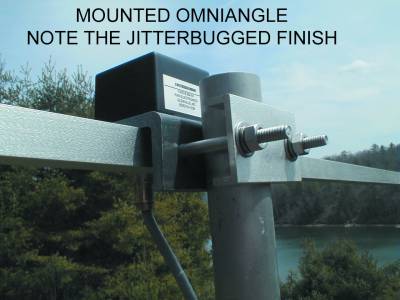
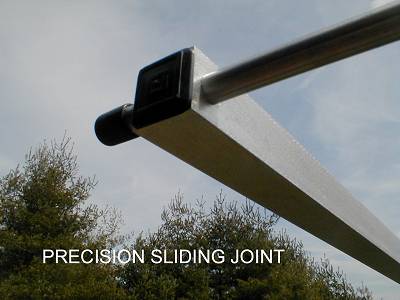
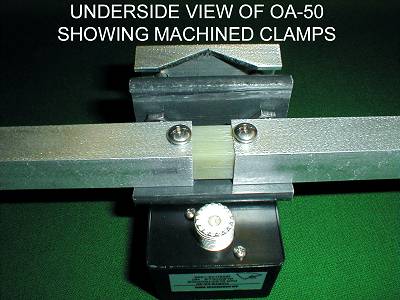

 OA-50
OA-50 OA-70
OA-70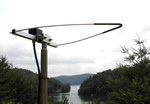 OA-144
OA-144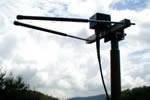 OA-222
OA-222 OA-432
OA-432